The Ceiba
One of the most important is the ceiba or yaxché, considered the sacred tree of the Maya, symbolizing life and fertility. It is connected to the three cosmic planes: its great height represents the Sky, its trunk and foliage represent the Earth, and its deep roots represent the Underworld. The legend of the Xtabay, which we've discussed in Yucatán Today, is linked to the ceiba. You can still find it in parks in Mérida, and you'll recognize it immediately by its majesty. Some are over 100 years old!
Chicozapote
Did you know that the Maya used to produce and chew gum? From the chicozapote or sapodilla tree, which is reddish and tall, they used the resin to produce a gum that the Maya have been using since ancient times, another contribution to the world. Its wood is also strong and durable. Due to commercial exploitation for gum and construction, it’s not so easy to find it anymore.
Ramón (breadnut)
Ramón or breadnut is another tree used by the Maya as a food source. Its fruits resemble berries and are high in starch, which was used as flour. Today, you can commonly find it in parks, avenues, and green areas, as it provides excellent shade and is also used in livestock farming. Its leaves, when prepared as tea, can be used for asthma and bronchitis, and there are even coffee substitutes made from ramón! You can find them in organic stores.![]() Chechén and Chaká
Chechén and Chaká
If you venture into the Maya jungle, it’s essential to learn the story of the chechén and chaká, an example of balance between poison and antidote, following the Maya mysticism of the coexistence of good and evil. Both trees were used for their hardness and also as medicines. However, the resin of the chechén tree is very dangerous; if a drop falls on your skin, it will burn you immediately. But don’t worry, because a chaká tree always grows nearby, serving as the antidote.
If you visit the Península, especially in May, you’ll notice in some houses, parks, and avenues a tree with white flowers in yellow and pink tones, known here as the “flor de mayo (frangipani).” According to a Maya legend, this tree blooms during May in memory of a little girl whose father asked the stars for a daughter, but she died by divine will. Instead, every year, sweet-smelling flowers bloom.
There are many Maya stories and legends in which trees play the leading role, teaching us about respect for nature. Furthermore, the use of bark, fruits, and leaves in traditional medicine is still preserved today, a millenary legacy of this marvelous culture. Feel encouraged to plant and take care of one of these trees in your home.
ANTIDOTE: Boil a piece of chaká bark until you obtain a watery solution with the resin. Apply this solution to burns caused by the resin of the chechén tree, but not while it is still hot or freshly boiled. If a burn occurs in the jungle, find a piece of chaká bark and immediately rub it on the burned area.

Author: Violeta H. Cantarell
“Meridana,” traveler, animal lover, passionate reader, commentator, and enthusiastic promoter of the natural and human beauty of Yucatán.
¡Recibe en tu correo los últimos artículos y mucho más de lo mejor de Yucatán!
Related articles
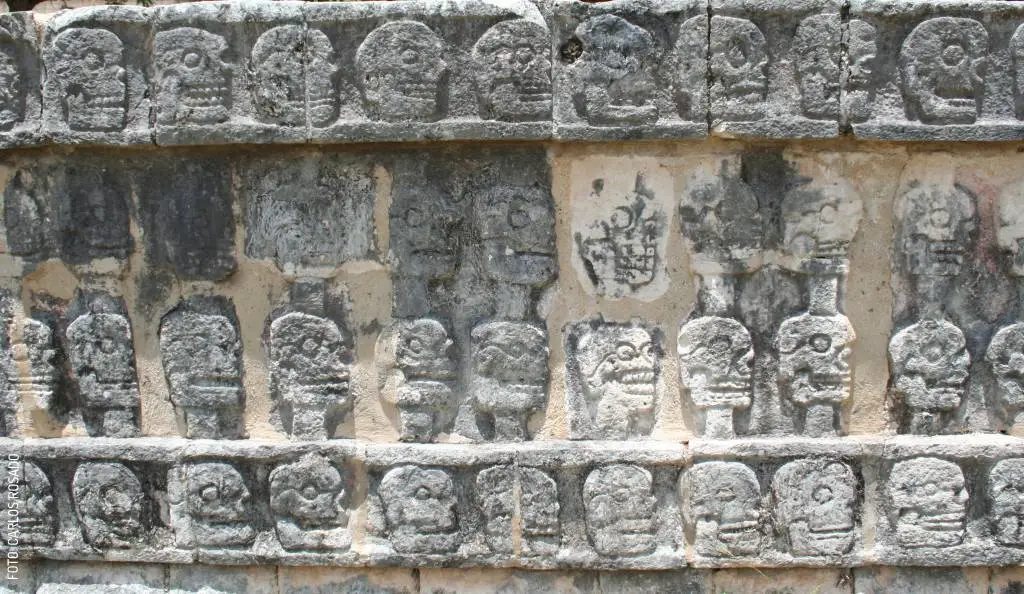
Xibalbá and the Maya View of Death
How did the ancient Maya view death? For them, the cycle of death could be seen everywhere. What exactly was Xibalbá? Get all the details.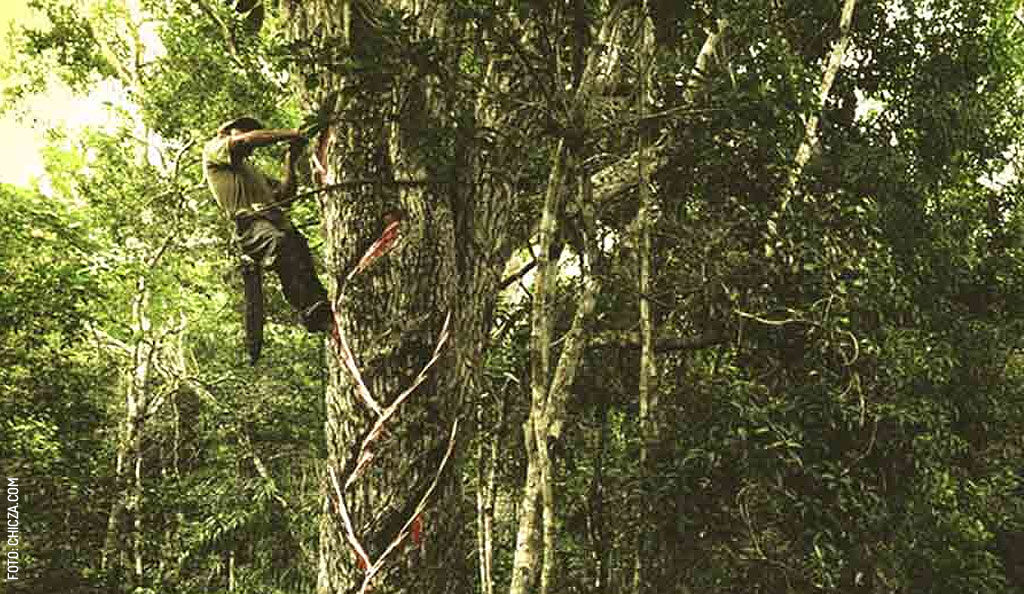
The Fascinating History of Chewing Gum, From Maya Chicle to Today
You've tried all kinds of chewing gum, with various flavors, colors, and smells. But, did you know that chewing gum was born in Yucatán and invented...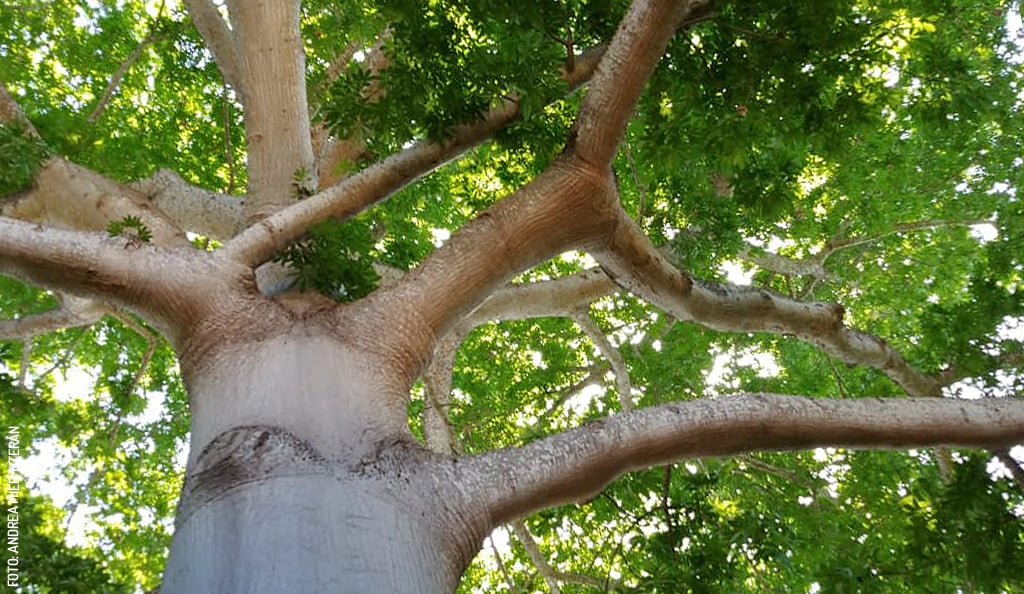




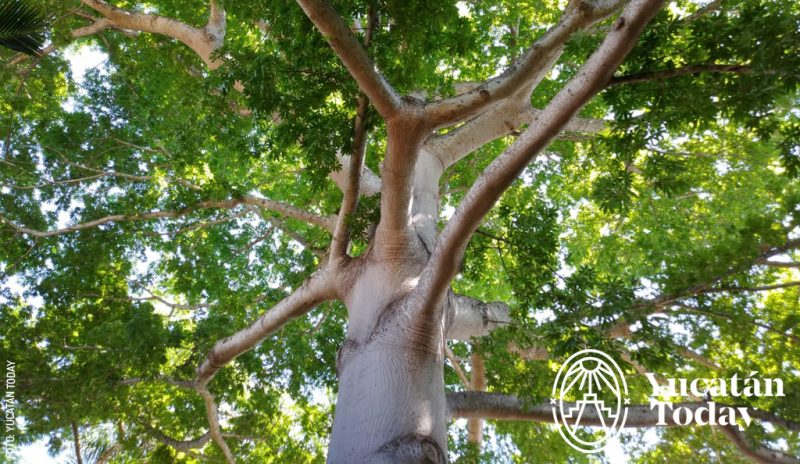
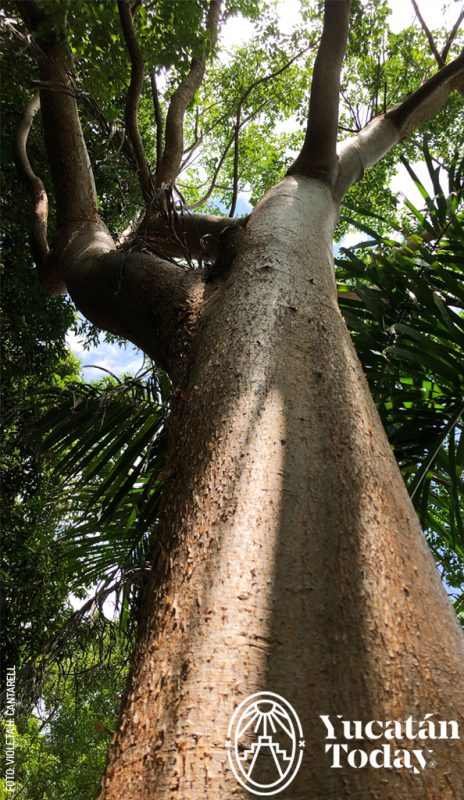 Chechén and Chaká
Chechén and Chaká
